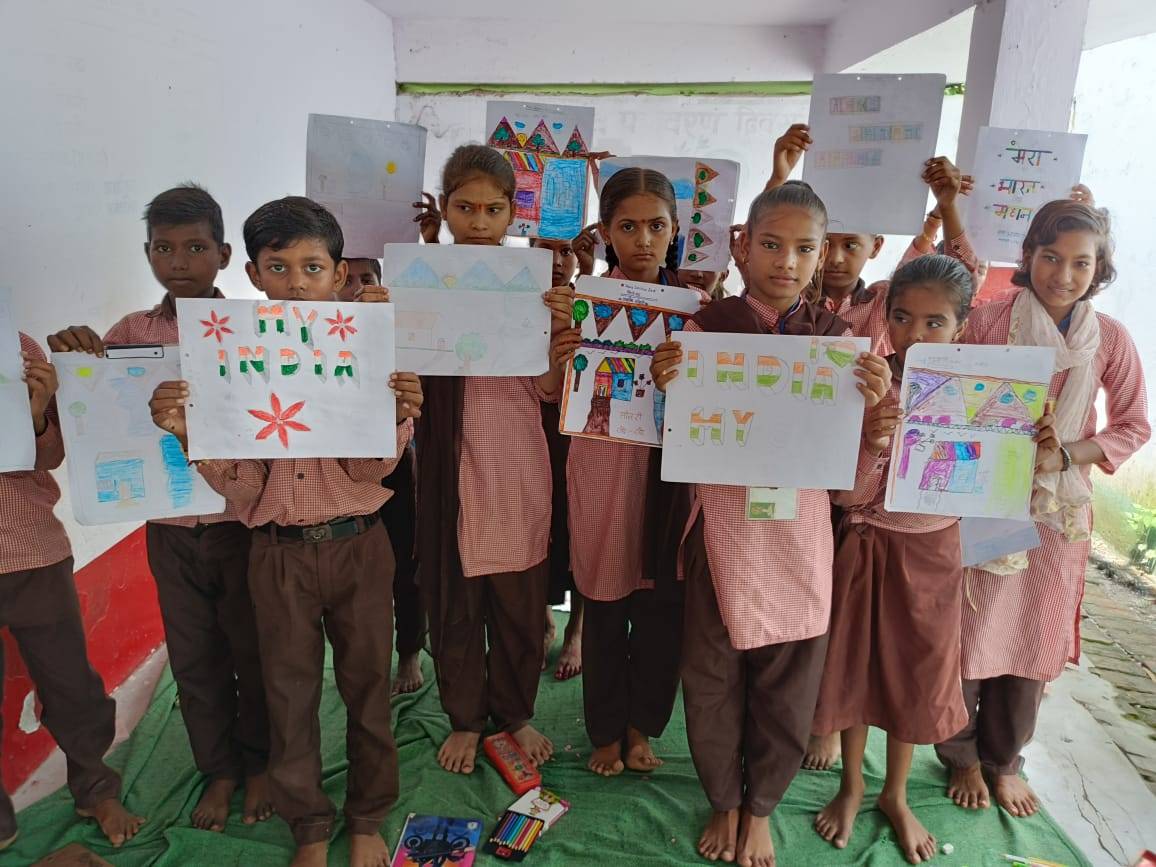Table of Contents
ToggleIntroduction to Girls' Education in Rural Areas
Education is a fundamental right for every individual, yet millions of girls in rural areas are denied access to it. Despite progress, the gap between boys’ and girls’ education in these regions remains stark, limiting opportunities for half the population and, consequently, hindering societal growth.
Why Girls' Education Matters?
Educating girls goes far beyond personal gain—it’s a proven way to uplift entire communities. It breaks the vicious cycle of poverty, reduces gender inequality, and creates empowered individuals who contribute meaningfully to society. Educating a girl is like lighting a lamp that can illuminate a whole household.
Challenges Faced by Girls in Rural Areas
1. Cultural and Social Barriers
Cultural norms and traditions often prioritize boys’ education over girls. Many girls are forced into early marriages, cutting short their educational journeys and opportunities for independence.
2. Economic Challenges
Poverty is a significant obstacle. When resources are scarce, families often prioritize investing in boys’ education, perceiving it as a more valuable investment.
3. Lack of Infrastructure
In many rural areas, schools are either too far away or lack basic amenities like toilets, which discourages girls from attending.
4. Safety Concerns
Long and unsafe commutes to schools are another major reason parents hesitate to send their daughters to study.
Benefits of Educating Girls
1. Economic Growth
Girls’ education fuels economic progress. An educated workforce is more productive, and nations with higher literacy rates among women have stronger economies.
2. Improved Health Outcomes
Educated women are more likely to make informed health decisions, ensuring better healthcare and nutrition for their families.
3. Better Social Awareness
With education, girls become aware of their rights, leading to reduced exploitation and better representation in society.
4. Generational Impact
Educated mothers are more likely to prioritize their children’s education, creating a virtuous cycle that lifts entire communities.
Statistics and Facts on Girls' Education
- Globally, over 129 million girls are out of school, with a significant percentage in rural areas.
- In India, nearly 40% of girls aged 15-18 drop out of school, especially in rural regions.
- Only 38% of rural schools in India have proper sanitation facilities, which directly impacts girls’ attendance.
Jai Gulab Baba Trust’s Role in Girls' Education
The Jai Gulab Baba Trust is a charitable organization dedicated to empowering marginalized communities through education, especially for girls in rural areas.
"MERI PEHCHAN- ENGLISH DIARY"- English Language Skill Development Program
A pioneering initiative by Jai Gulab Baba Trust aimed at empowering underprivileged girls in rural Banda Chitrakoot by providing foundational English language education.
The program focuses on building critical English skills such as vocabulary, grammar, speaking, and writing for girls in 1st to 8th grades. With a current enrollment of 50+ girls, this initiative aims to bridge the educational gap and prepare these young minds for a brighter future.
Invest in the future by supporting our mission to educate girls in need. Your generous donation to the Jai Gulab Baba Trust will enable countless girls to achieve their dreams and uplift their communities.
Your Support will:
- Cover the cost of teachers and essential resources.
- Ensure the program’s sustainability.
- Empower 50 young girls with the gift of education and confidence.
Note: Donations to GULAB BABA TRUST are eligible for 50% tax Exemption under Sec 80-G Income tax Act 1956.
In case you have donated directly through UPI, kindly WhatsApp your details such as Name, Address, Phone, and PAN for 80G receipt on +91-8004594325

Conclusion
Girls’ education in rural areas is not just about teaching—it’s about transforming lives, families, and communities. With collective efforts from individuals, organizations, and the government, we can bridge the gap and ensure a brighter future for all.
Your contribution to this initiative will make a transformative difference in the lives of these girls and help them carve a path toward a brighter, more independent future. We would be grateful for your support in helping us achieve this mission.

